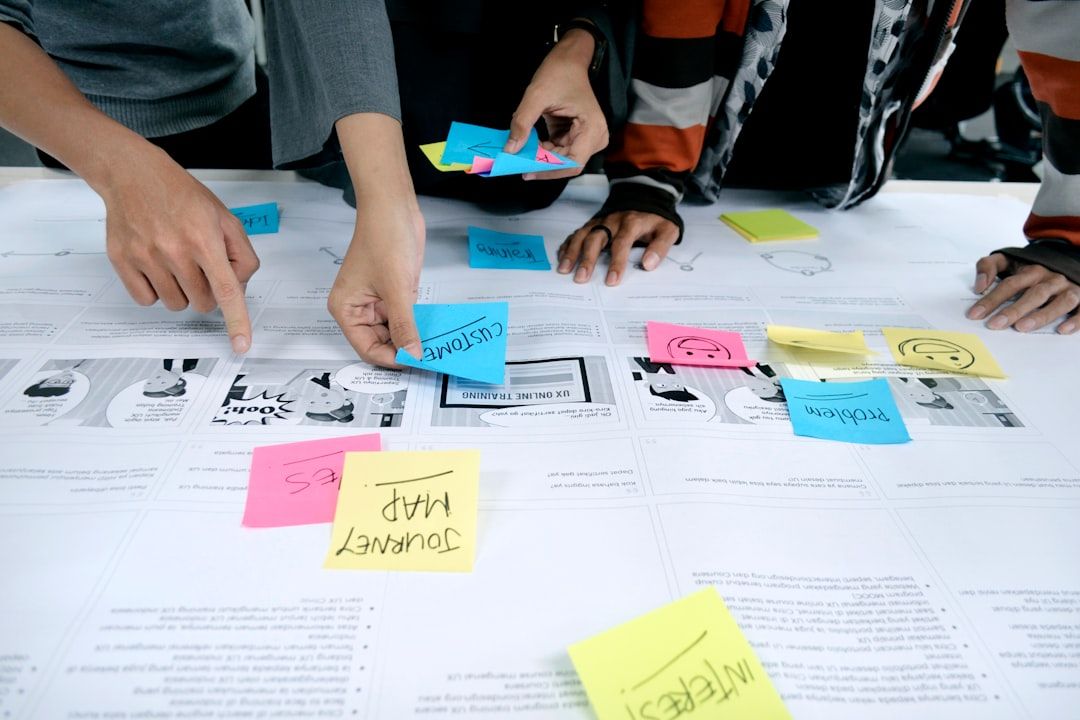Design critiques are a must. They’re how we build better products. But let’s be real—sometimes, they hurt. Feelings get bruised. Tempers flare. And suddenly, no one’s having fun anymore.
It doesn’t have to be that way. We can keep things moving fast and friendly. Here’s how to give and get feedback without the drama.
It’s Not Personal
First rule: Separate the work from the person. When someone shares their design, they’re not putting their soul on the table (even if it feels that way).
So instead of saying, “You used the wrong color,” try something like:
- “I wonder if a warmer color here could make it feel more inviting.”
- “What was your thinking behind this color choice?”
You’re not attacking, you’re asking. And that changes everything.
Set the Scene
Great critiques need the right setting. Here’s how to set the tone:
- Timebox it: Don’t let it go on forever. Set a timer if needed.
- State the goals: Why are we looking at this design? Shipping soon? Exploring ideas?
- Agree on roles: Is this a brainstorm or final polish?
When everyone knows the goal, emotions stay in check. Nobody feels ambushed.

Use “I” Statements
Words are powerful. Try using “I” instead of “you” when giving feedback.
Compare this:
You didn’t align these properly.
To this:
I noticed the alignment feels a bit off. Was that intentional?
See the difference? One feels like an attack. The other invites a convo.
The Must-Have Sandwich
You’ve heard of the feedback sandwich, right? Compliment. Critique. Compliment.
It’s not magic, but it helps. Here’s how it works:
- Call out something that’s working great.
- Point out the area for improvement.
- Wrap up with optimism or support.
Like this:
Love the layout—it really guides my eye. I’m wondering if the typography could be clearer, though. Either way, great progress so far!
You’re offering guidance without taking the wind out of their sails.
Visual First, Then Words
Point with a pen. Draw boxes. Share screen snippets. Use visuals to explain feedback.
Design is visual, so be visual with your critique. Say…
This part here feels heavy—maybe we lighten it like this?
Instead of…
There’s a weird chunk near the top… you know what I mean?
When in doubt, show what you mean.
Say Thank You, Early and Often
Giving feedback is easy. Receiving it? Not so much. That’s why it really helps to say:
- “Thanks for sharing this.”
- “Appreciate you walking us through your thinking.”
Gratitude sets the tone. It opens ears and minds. It keeps the team human.
Normalize “Not Done Yet”
Design is never perfect out of the gate. And that’s OK.
So make it a habit to share rough sketches and early drafts. That way:
- There’s less pressure on that “big reveal.”
- People get used to feedback being part of the process.
Invite feedback early and often. It’s less scary, more helpful.
No Solutions Yet
This one’s huge: Don’t solve right away.
Start by understanding the problem. Let’s say the spacing feels weird. Don’t jump into:
Just move it 20px to the right.
Instead, ask:
What’s the intent here? Is this meant to be grouped with that?
Once you understand their thinking, better answers come easier.
The Critique Cheat Sheet
Good critiques often contain the same kinds of thoughts. Here are a few phrases that help:
- “What do you want feedback on specifically?”
- “I’m noticing…”
- “Tell me more about that choice.”
- “Here’s how I felt when I saw it.”
- “What if we tried…?”
Keep these in your back pocket. They can help even awkward critiques feel friendly.
Be Honest, But Be Kind
No, you don’t have to sugarcoat everything. But kindness leads to clarity. And clarity keeps things moving.
Say what you mean, but say it with care. Try:
“I’m not sure this button behavior matches the rest. Could we look at that closer?”
Instead of:
“This is totally wrong.”
They’ll get the message. And so will their confidence—in a good way.
Critiques That Boost Velocity
Wait, isn’t all this extra emotional work slowing us down? Nope.
When people feel safe, they share faster. When feedback is clear, teams iterate quicker. When mistakes aren’t scary, design gets better—faster.
In short: feedback that works well makes the whole team move faster.

The Wrap-Up
Design critiques don’t have to feel like design court. They can feel like design jams. A shared space to think out loud, tweak, push, and play.
So next time you’re in a critique, remember:
- Ask, don’t tell
- Thanks beat moans
- Care brings speed
Now go give feedback like a pro. And don’t forget to smile. It helps more than you think.

